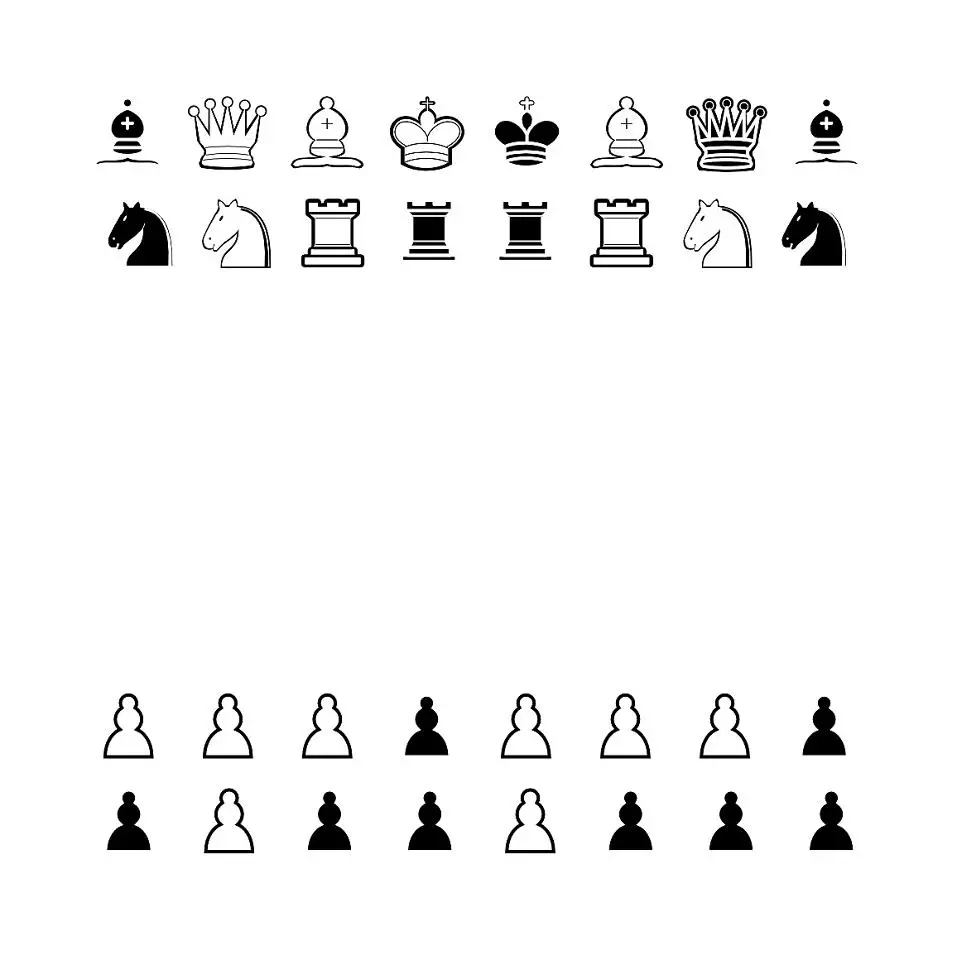- cross-posted to:
- [email protected]
- cross-posted to:
- [email protected]
This term is often used specifically to refer to the French Republican calendar time system used in France from 1794 to 1800, during the French Revolution, which divided the day into 10 decimal hours, each decimal hour into 100 decimal minutes and each decimal minute into 100 decimal seconds (100,000 decimal seconds per day), as opposed to the more familiar standard time, which divides the day into 24 hours, each hour into 60 minutes and each minute into 60 seconds (86,400 SI seconds per day).



A “Minute” is a division of 60. “Second” comes from “Second Minute”, which is a second division of 60.
“Decimal Second” is therefore an objectively absurd term.
If we use “day” as a base unit, we run into a bit of a problem. The subordinate units would be deciday, centiday, milliday, microday, etc. But There is no SI prefix for 100,000th, and 100,000th of a day serves much the same purpose as the second. We really need a unit about that size, so we either need the old “dimi-” (“decimilli”) prefix, and create a new “cimi-” (“centimilli”) orefix, or we need a different base unit.
We could use the milliday as the functional base unit: Call 1/1000th of a day a “chrone”. Then we have a centichrone as 1/100,000th of a day (0.864 of a second), and a full day is a kilochrone.
Changing the second would make a lot of calculations in the metric systems that are very clean in terms of constants now very ugly though.
There is no relationship between the metric constants and the current rotation rate of the planet. We can change the second to meet the needs of the constants, but time units would no longer align with the days.